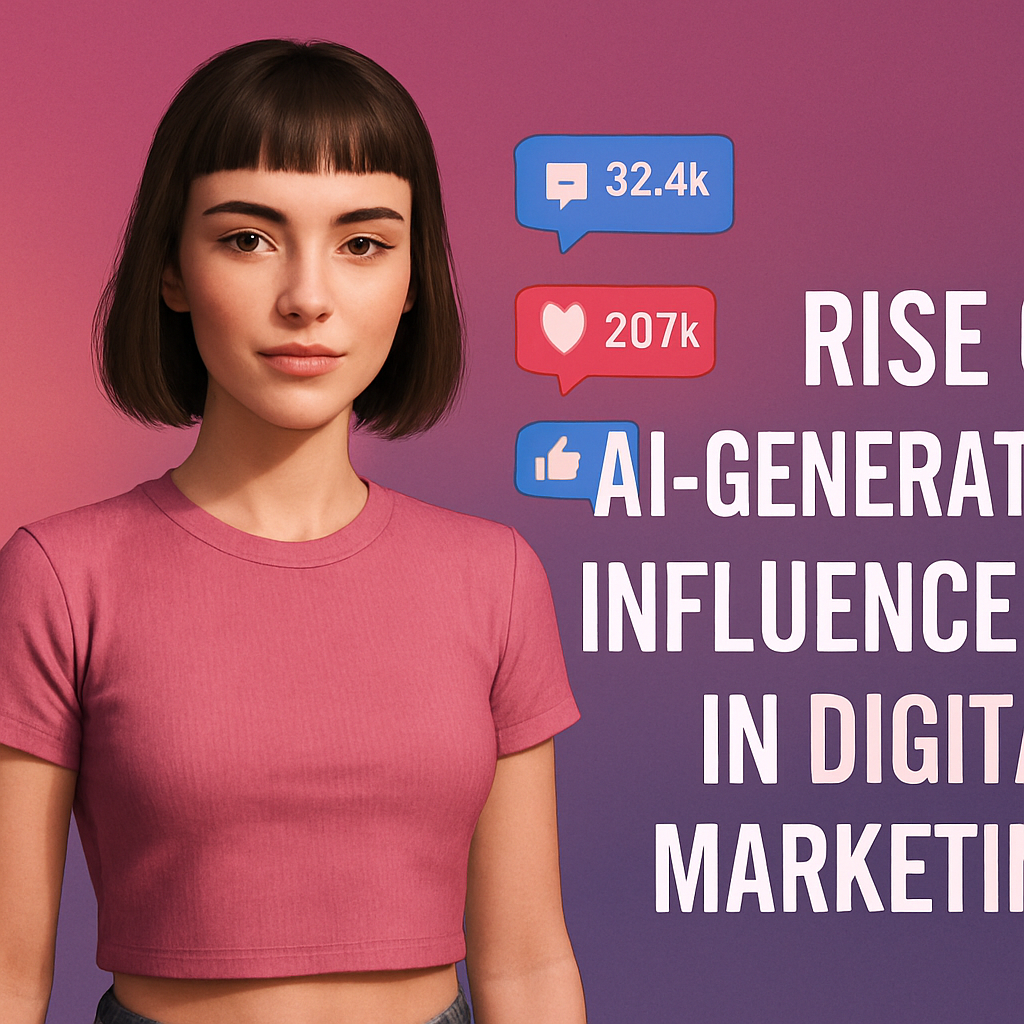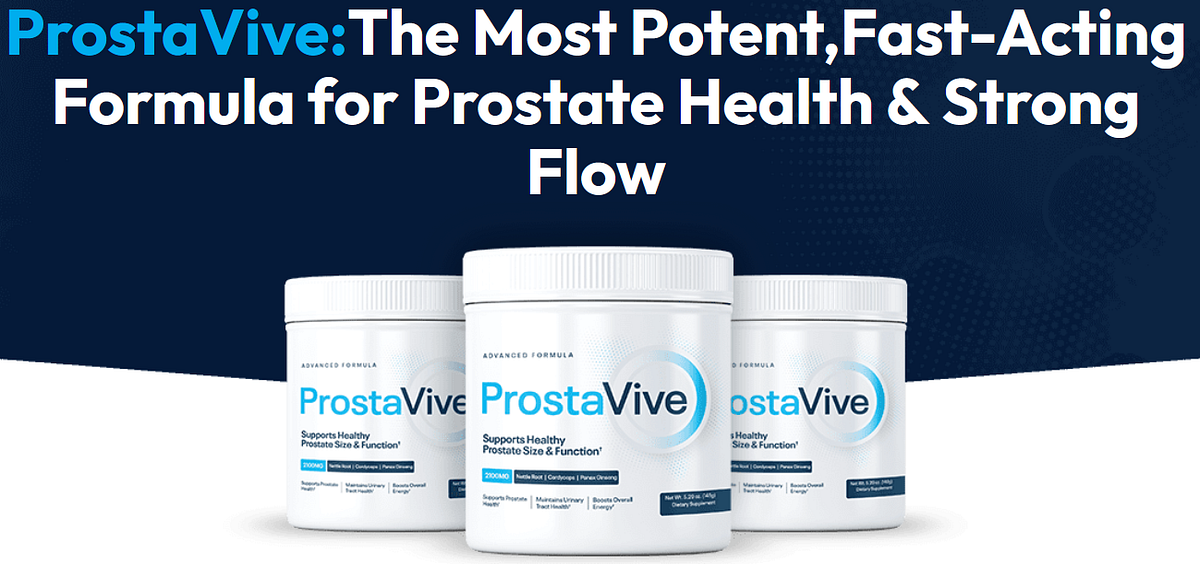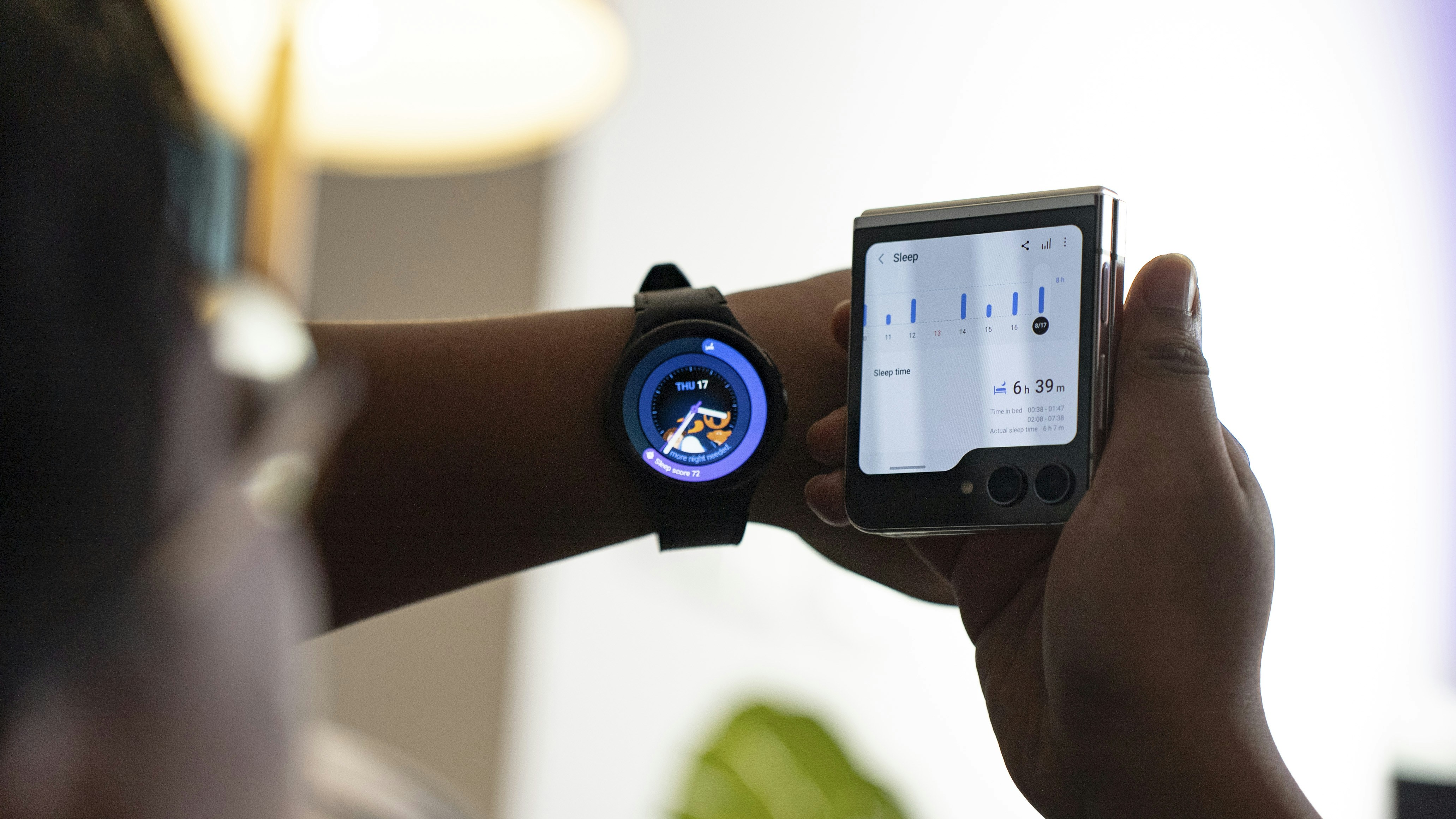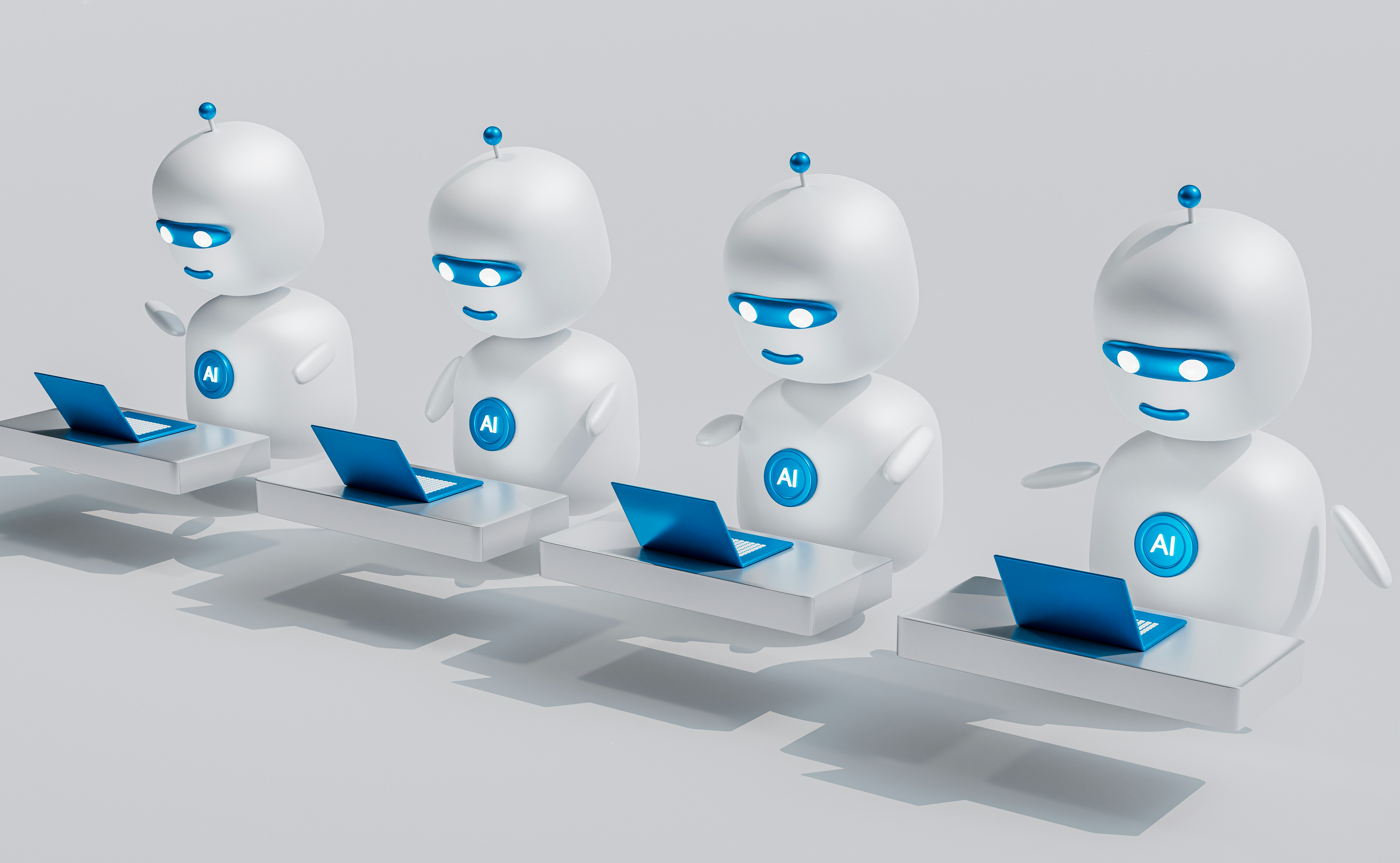𖤐 Forbidden Dark Spells — Unleash Mystical Power
Harness the arcane, from hexes and curses to revenge and binding spells — real power for those who dare to command it.
Digital marketing has entered a new era where influencers no longer need to be human. Thanks to advancements in artificial intelligence (AI) and computer graphics, AI-generated influencers—computer-created avatars that mimic human personalities—are taking over social media feeds.
From Lil Miquela to Imma, these digital personas are building massive followings and collaborating with top-tier brands. This article explores how these virtual influencers are transforming digital marketing and what it means for the future of branding.
What Are AI-Generated Influencers?
AI influencers, or virtual influencers, are computer-generated avatars designed to simulate real-life individuals. They interact on social media, promote products, and even take stances on social issues—all without being human.
For a deeper dive into how AI is impacting different industries, check out our article on The Future of Artificial Intelligence in Everyday Life.
Why Brands Are Turning to Virtual Influencers
1. Total Creative Control
Virtual influencers allow brands to avoid the unpredictability of human personalities. No scandals, no controversy—just a perfectly crafted persona.
2. Cost Efficiency Over Time
Although initial development is costly, maintaining an AI influencer can be cheaper than hiring multiple human influencers.
3. Scalable & Available 24/7
AI avatars can post anytime, anywhere—perfect for global campaigns.
4. Novelty Factor
They generate buzz simply because they’re new and futuristic. According to Harvard Business Review, brands that embrace innovation often see a significant ROI.
Notable AI Influencers Dominating the Scene
Lil Miquela: Over 2.5 million followers, collaborations with Prada and Calvin Klein.
Shudu: Promoted by Fenty Beauty, considered the world’s first digital supermodel.
Imma: A Japanese AI influencer working with IKEA and Puma.
Want to see more futuristic trends reshaping industries? Read Top Emerging Tech Trends in 2025.
The Technology Behind AI Influencers
Creating a virtual influencer involves several tools and platforms:
3D modeling with Blender or Unreal Engine
AI-generated speech using ElevenLabs or Google WaveNet
Image generation with platforms like Midjourney or DALL·E
This tech synergy allows AI influencers to look, speak, and behave more human than ever before.
How AI Influencers Are Reshaping Digital Marketing
Hyper-Personalization
AI can tailor messaging to niche audiences in real-time, boosting engagement and conversion rates.
Cross-Platform Branding
These avatars can appear across Instagram, TikTok, YouTube, and even in AR/VR environments or video games.
Advanced Analytics
Every interaction with an AI influencer can be tracked, analyzed, and optimized—making data-driven storytelling more powerful than ever.
Looking to use analytics to grow your brand? Learn how in Data-Driven Marketing Strategies for 2025.
Ethical Challenges and Public Concerns
Lack of Transparency
Should AI influencers be clearly labeled as virtual? Many people can’t distinguish them from real humans.
Cultural Appropriation
Cases like Shudu (created by a white artist portraying a Black woman) raise questions about digital blackface.
Human Job Displacement
Are we seeing the beginning of a shift that might marginalize human models and creators?
Consumer Manipulation
If AI can predict your behavior, can it also manipulate your decisions?
A comprehensive discussion on AI ethics is available in Ethical Dilemmas in Artificial Intelligence.
💰 Powerful Spells for Wealth & Prosperity
Attract money, success, and financial abundance with real magic spells that bring results fast.
Why People Engage with AI Influencers
Psychologically, humans form parasocial relationships—even with synthetic beings. AI influencers are:
Consistent and controlled
Visually idealized
Always responsive
This emotional attachment drives engagement, even when the audience knows it’s not real.
Future Implications for Brands and Creators
Here’s what’s coming next:
Micro AI influencers with fewer followers but hyper-engaged communities
AI-hosted livestreams and virtual events
Custom-branded AI avatars for e-commerce or customer support
In short, the line between entertainment, marketing, and technology will blur even further.
Getting Started: How Brands Can Leverage AI Influencers
Step 1: Define your campaign goals
Step 2: Partner with digital agencies or AI platforms
Step 3: Create, launch, and monitor performance
Step 4: Scale successful avatars to new platforms
Suggested tools and platforms:
Final Thoughts: The Synthetic Future Is Now
AI-generated influencers aren’t a passing trend—they’re a paradigm shift in marketing. They offer brands more control, flexibility, and reach than ever before. But they also demand ethical consideration and thoughtful deployment.
As you plan your next digital marketing strategy, don’t just ask: “Who will represent my brand?” Ask instead:
“What if my next influencer doesn’t need to be human at all?”








